Omar Gandhi Architect’s new viewing deck celebrates Canada’s Maritime provinces
Architect Omar Gandhi led the design for Peggy’s Cove Infrastructure Improvement Strategy, including a new, accessible observation deck positioned on a unique vantage point of the glaciated landscape on the iconic Peggy’s Cove in Nova Scotia
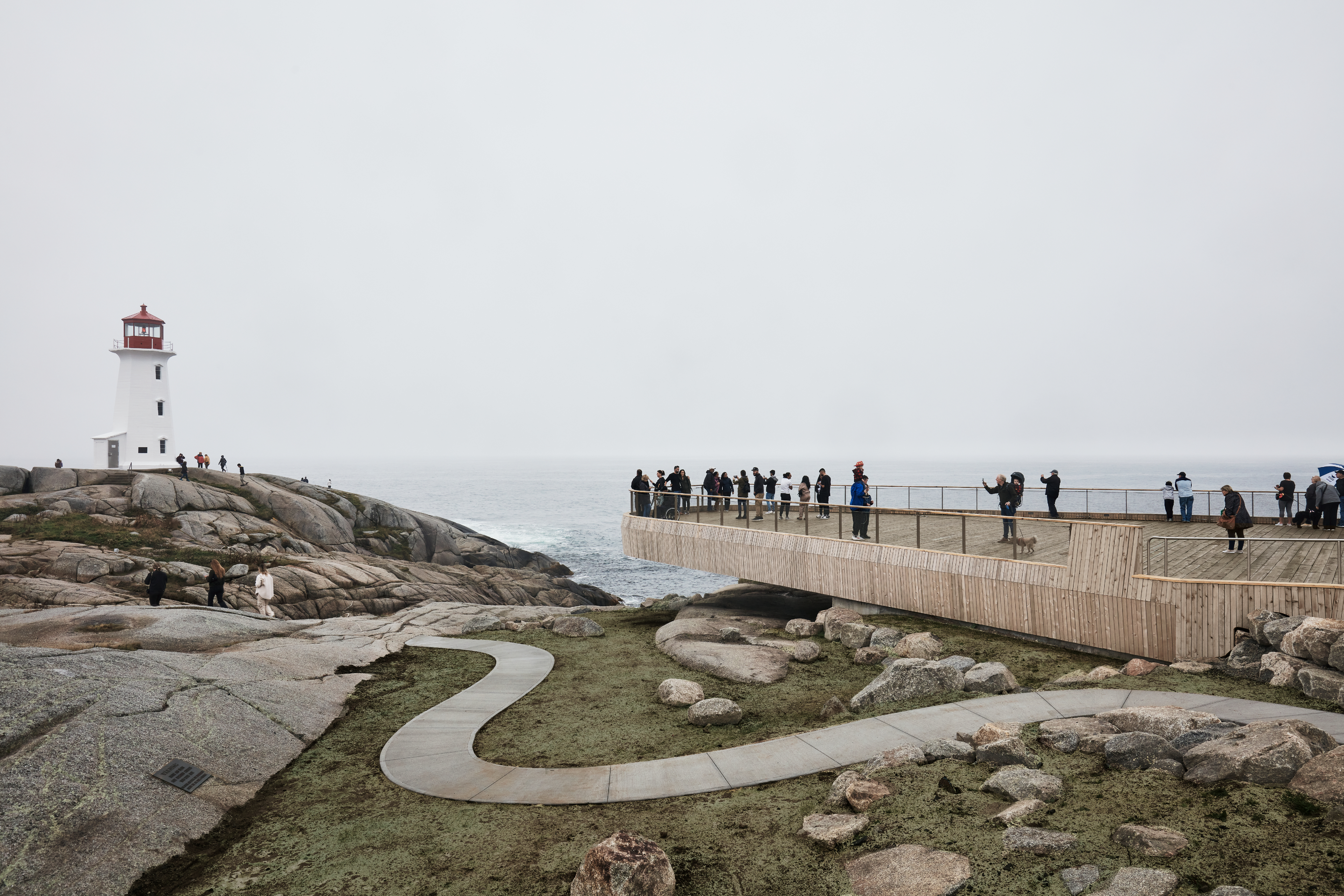
Maxime Brouillet - Photography
With studios in Toronto and Halifax, architect Omar Gandhi is known for his distinct style, which often offers a modern twist to the rural vernacular. His work responds to regional architectural varieties and, facing the Atlantic Ocean, the Peggy’s Cove Infrastructure Improvement Strategy is a case in point. The project highlights the landform of Peggy’s Cove in the Canadian Maritimes, a narrow inlet carved from wave formed glacial granite. Now, on it, a new viewing deck elevates the impressive geologic scale of the shoreline, with a view of Peggy’s Point Lighthouse, the famous red and white lighthouse built atop of granite boulders.
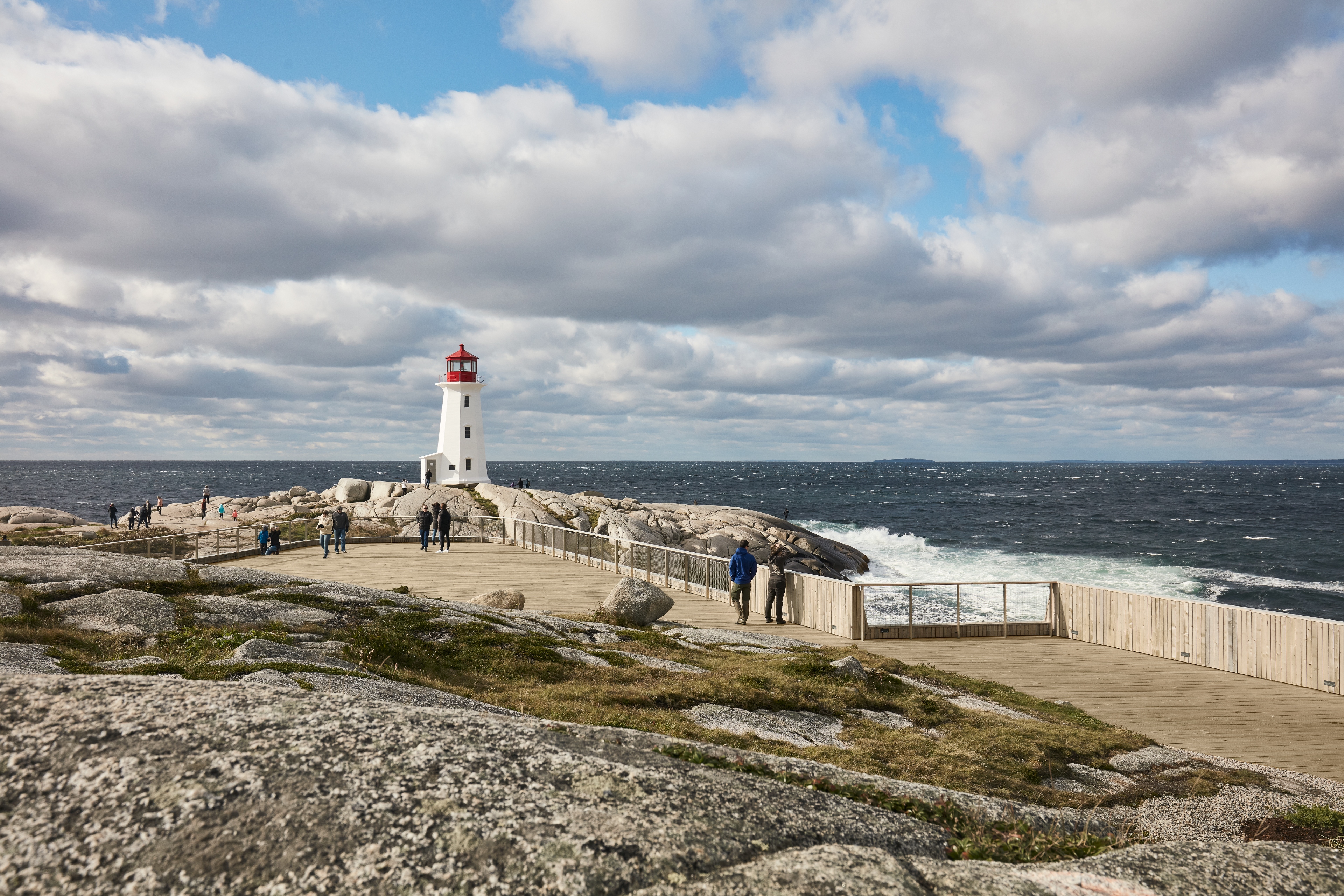
The small fishing village on the eastern shore of St Margaret’s Bay near Halifax in Nova Scotia is rumoured to be named ‘Peggy’s Cove’ after the wife of an Irish immigrant who settled there in the 18th century. Historically its landscape has been rife for fishing, mining, lumbering and farming. Today, it continues to be an active fishing community, as well as a popular tourist attraction of the Canadian east coast.
The harsh terrain of the coastline has made it difficult for many to have accessible views of the landmark. Going beyond meeting building regulations, the architects prioritised principles of accessibility, with a unifying pathway connecting the two main access points to the site. This way, the benefits of the views are extended to all locals and visitors of the cove. Embedded within the design are seating spaces, a levelled platform, tactile indicators and handrails with a separate building providing public washroom facilities with large hallways and stalls, including adult changing tables.
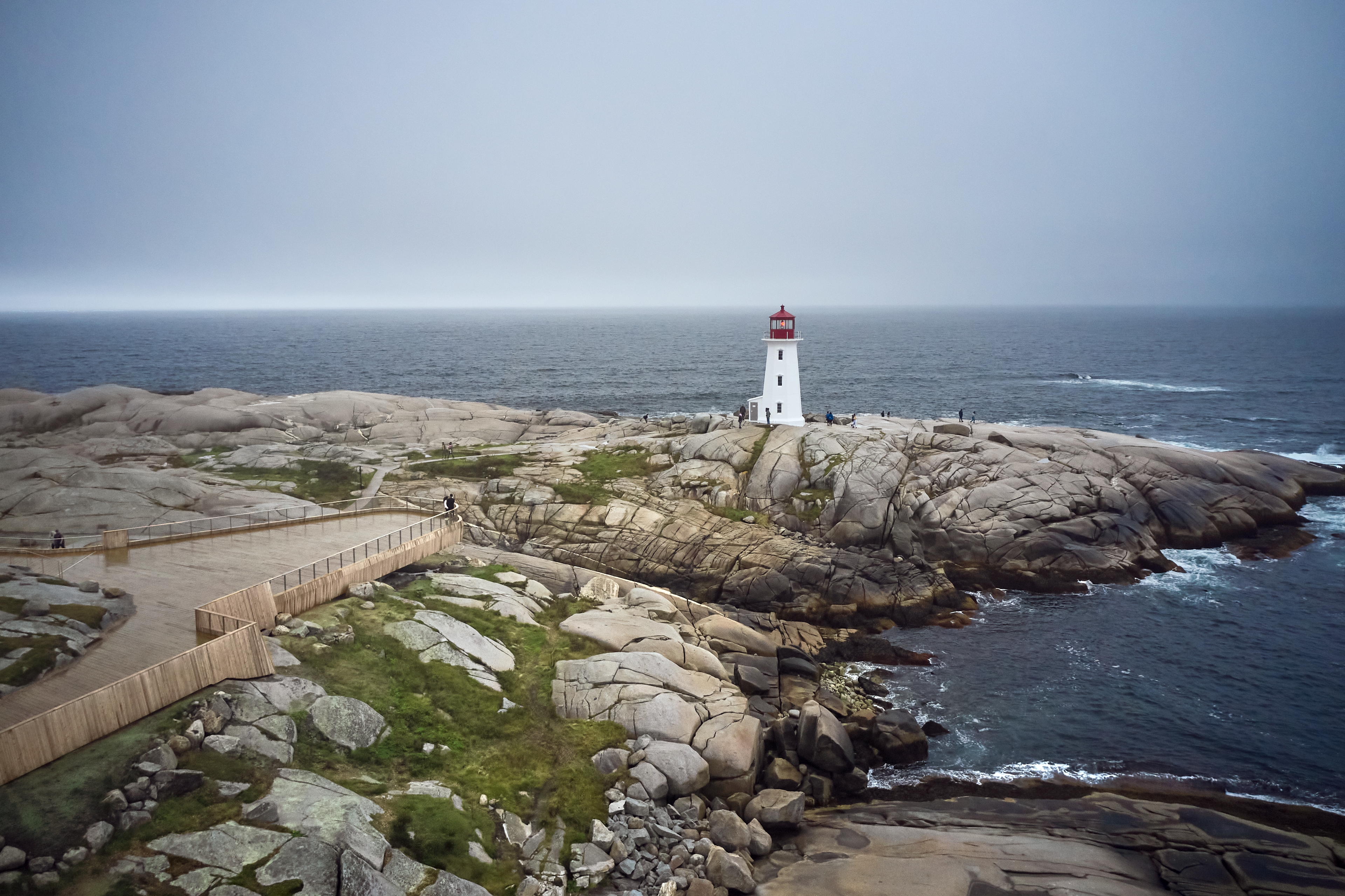
Following local coastal construction methods, the viewing platform seamlessly blends into the landscape of wave washed boulders. As it’s built atop the ridges of the shoreline, elevating the deck was crucial in maintaining a levelled platform for the parking lot and drop-off area - but also to ensure protection from rising sea levels. Guard rails with open netting alongside the use of eastern white cedar panels were used to counter the harsh prevailing winds. The architects state that ‘extensive wave modeling was undertaken to ensure we placed the primary components at an elevation that provides protection from the strong waves striking the coastline.’
The team continues: ‘Green spaces are expanded with planters and landscaped zones, that use a mixture of native plant species, to support and sustain the local ecology and educate a larger audience to the unique biosphere of the coastal barrens.’
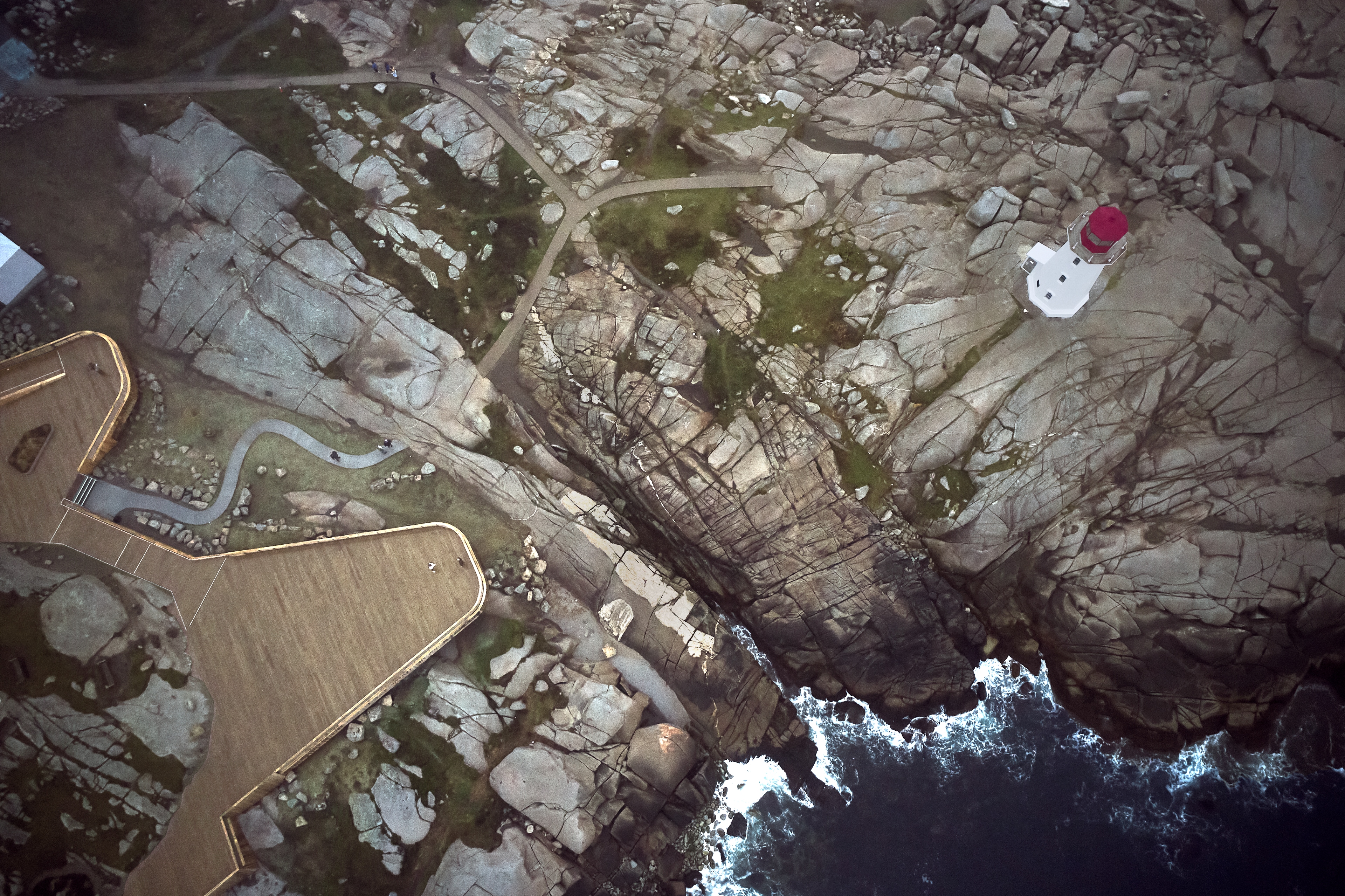
Omar Gandhi and his studio's design for the Peggy’s Cove Infrastructure Improvement Strategy celebrates this impressive natural landscape through sensitive architectural intervention, as it unravels the picturesque and serene view of the Canadian maritime landscape.
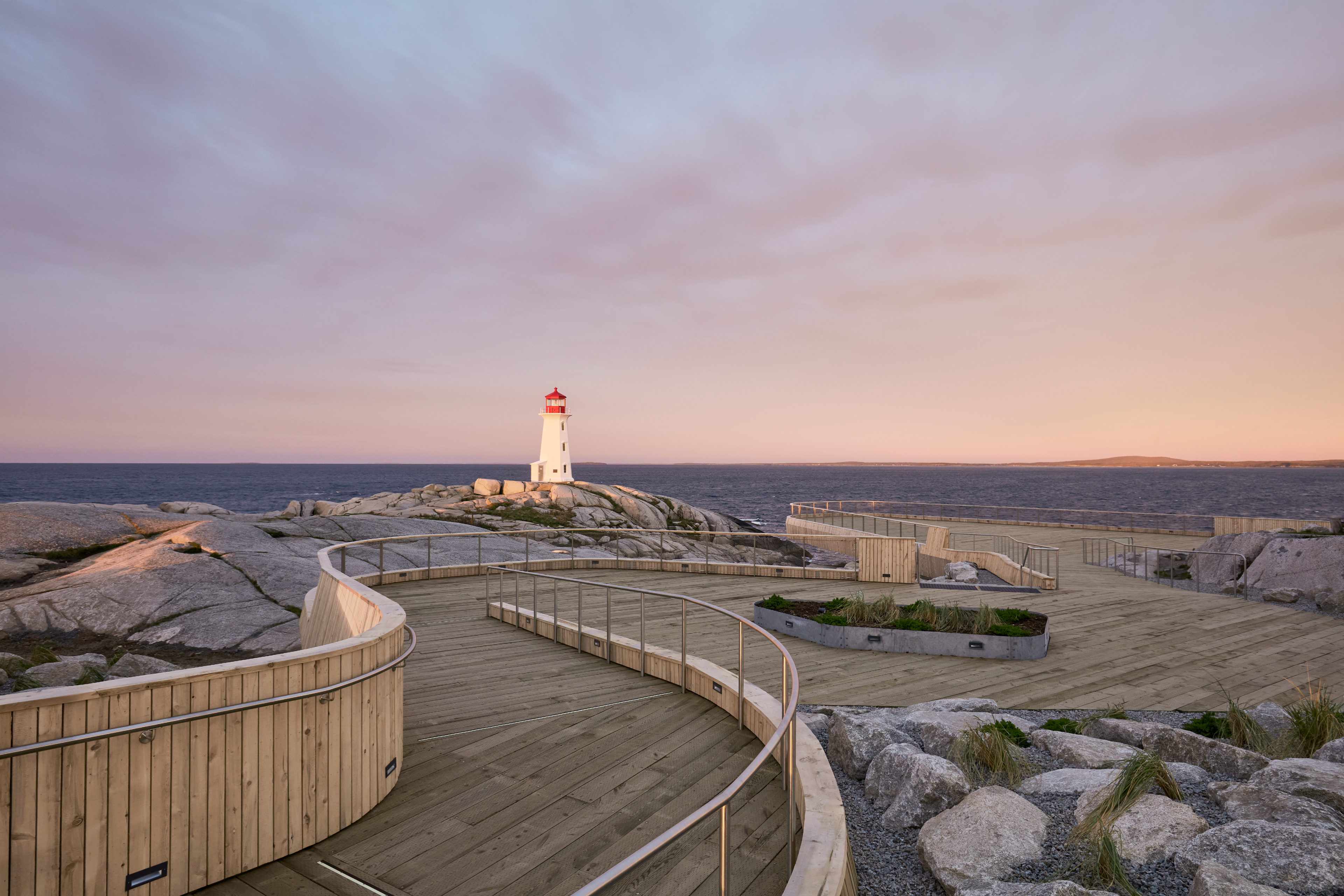
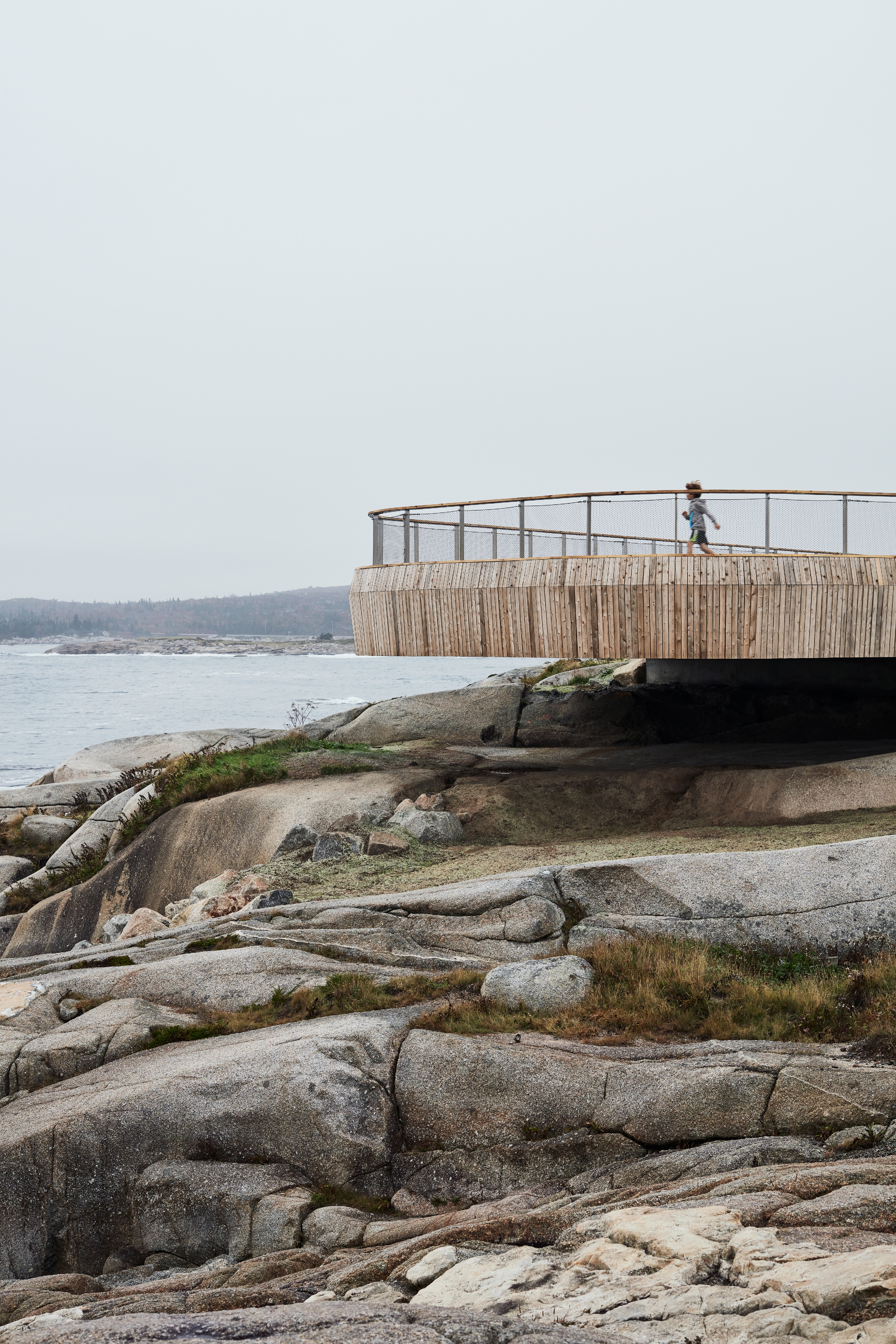
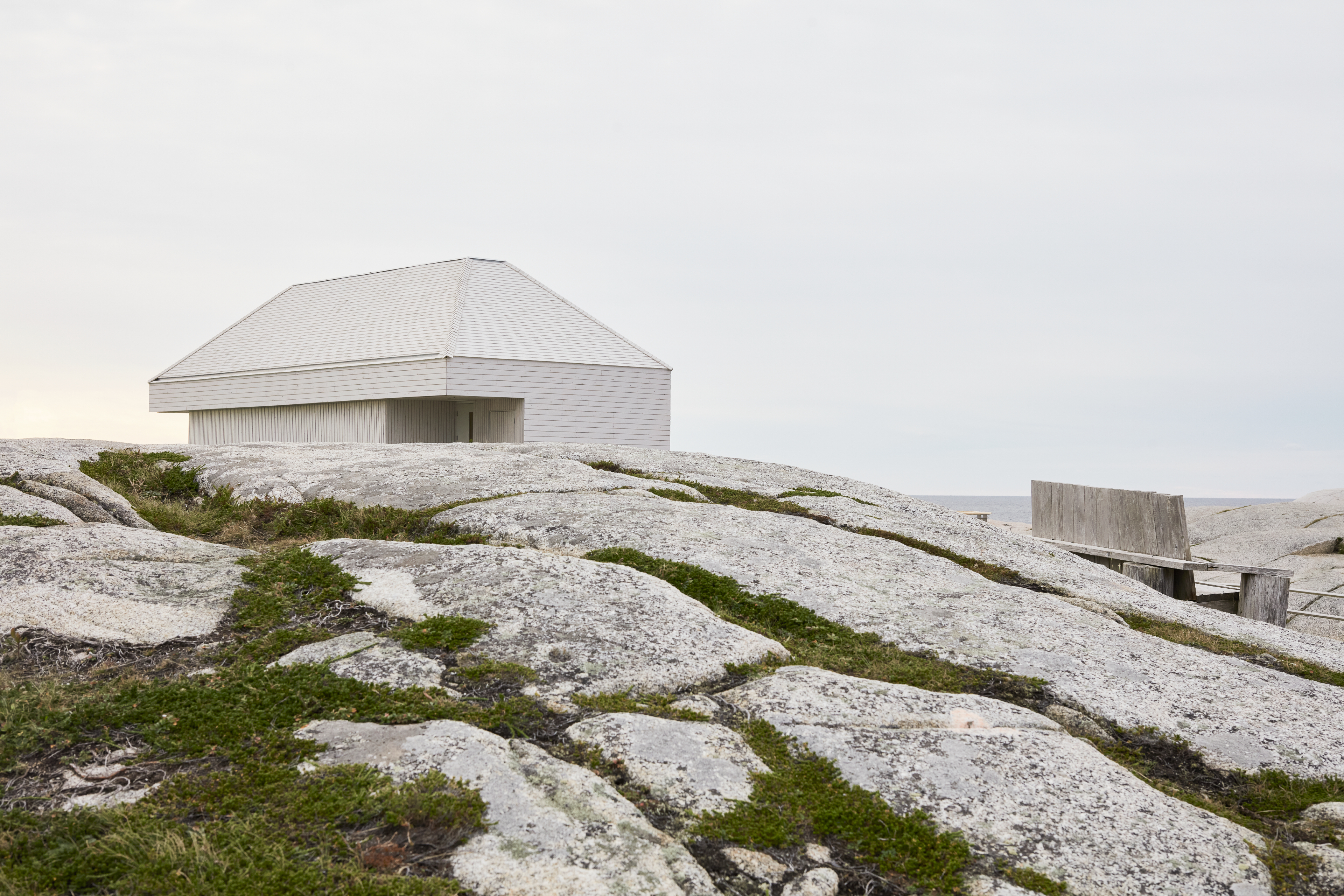
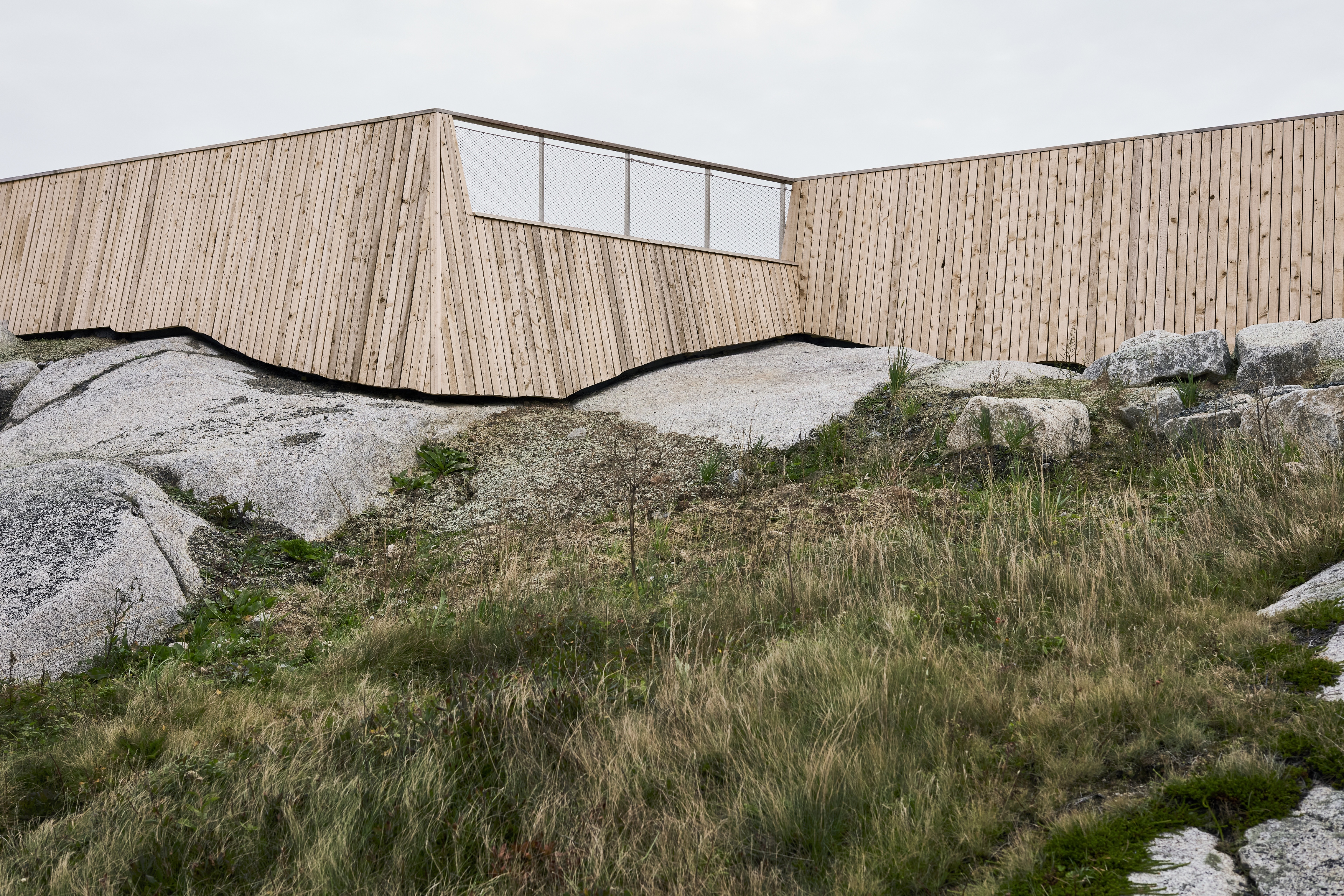
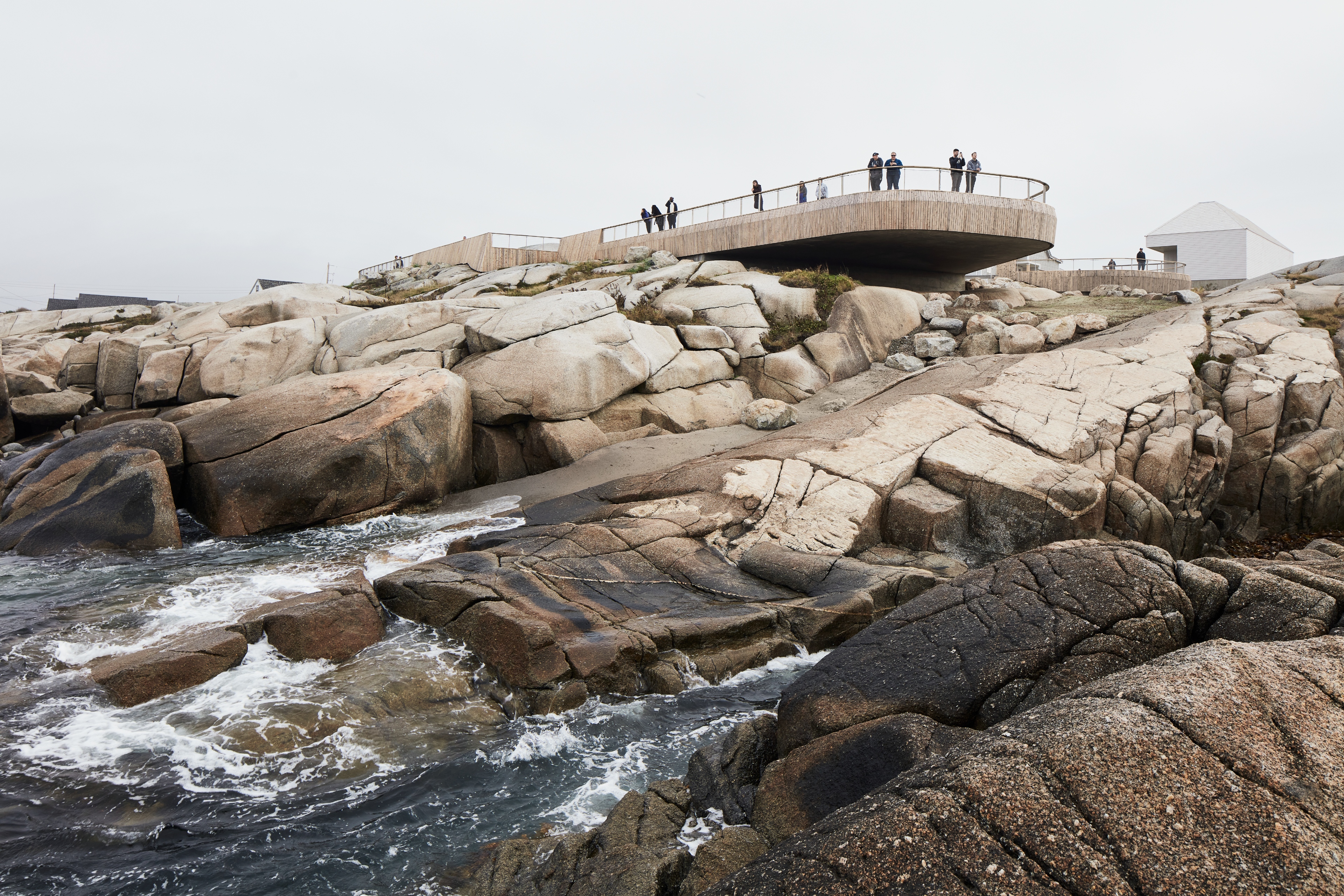
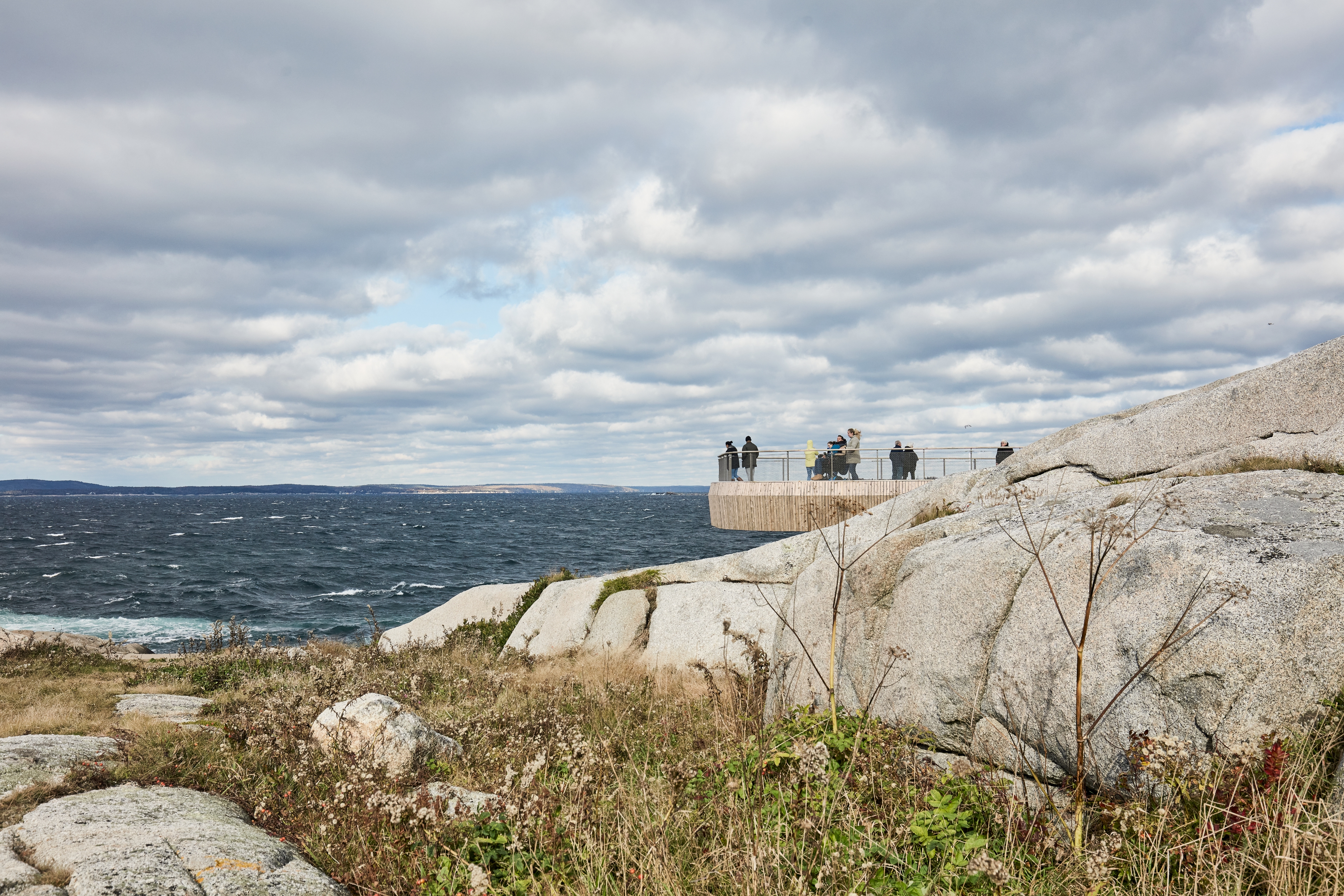

INFORMATION
Wallpaper* Newsletter
Receive our daily digest of inspiration, escapism and design stories from around the world direct to your inbox.
-
 Eight designers to know from Rossana Orlandi Gallery’s Milan Design Week 2025 exhibition
Eight designers to know from Rossana Orlandi Gallery’s Milan Design Week 2025 exhibitionWallpaper’s highlights from the mega-exhibition at Rossana Orlandi Gallery include some of the most compelling names in design today
By Anna Solomon
-
 Nikos Koulis brings a cool wearability to high jewellery
Nikos Koulis brings a cool wearability to high jewelleryNikos Koulis experiments with unusual diamond cuts and modern materials in a new collection, ‘Wish’
By Hannah Silver
-
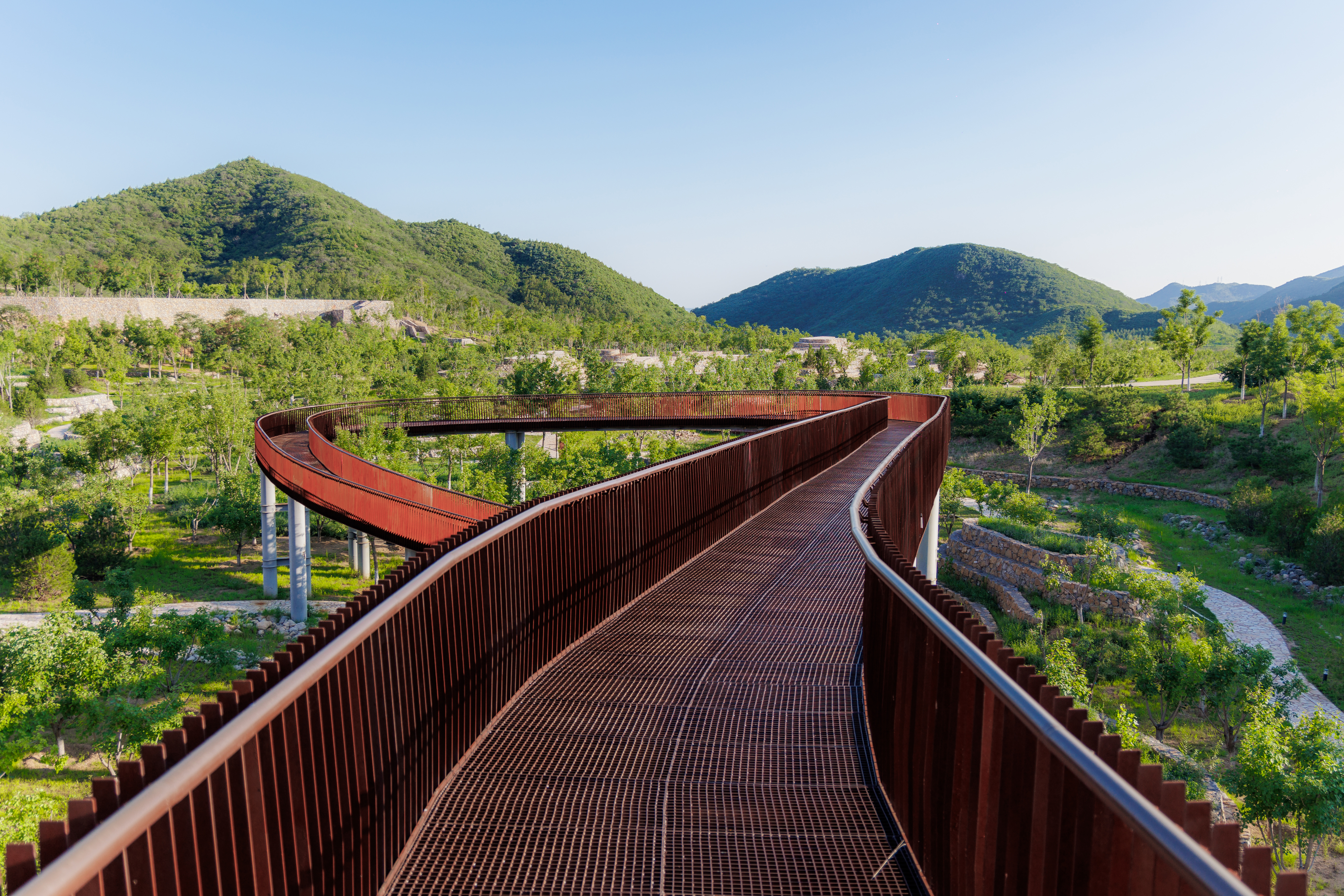 A Xingfa cement factory’s reimagining breathes new life into an abandoned industrial site
A Xingfa cement factory’s reimagining breathes new life into an abandoned industrial siteWe tour the Xingfa cement factory in China, where a redesign by landscape specialist SWA Group completely transforms an old industrial site into a lush park
By Daven Wu
-
 Smoke Lake Cabin is an off-grid hideaway only accessible by boat
Smoke Lake Cabin is an off-grid hideaway only accessible by boatThis Canadian cabin is a modular and de-mountable residence, designed by Anya Moryoussef Architect (AMA) and nestled within Algonquin Provincial Park in Ontario
By Tianna Williams
-
 Ten contemporary homes that are pushing the boundaries of architecture
Ten contemporary homes that are pushing the boundaries of architectureA new book detailing 59 visually intriguing and technologically impressive contemporary houses shines a light on how architecture is evolving
By Anna Solomon
-
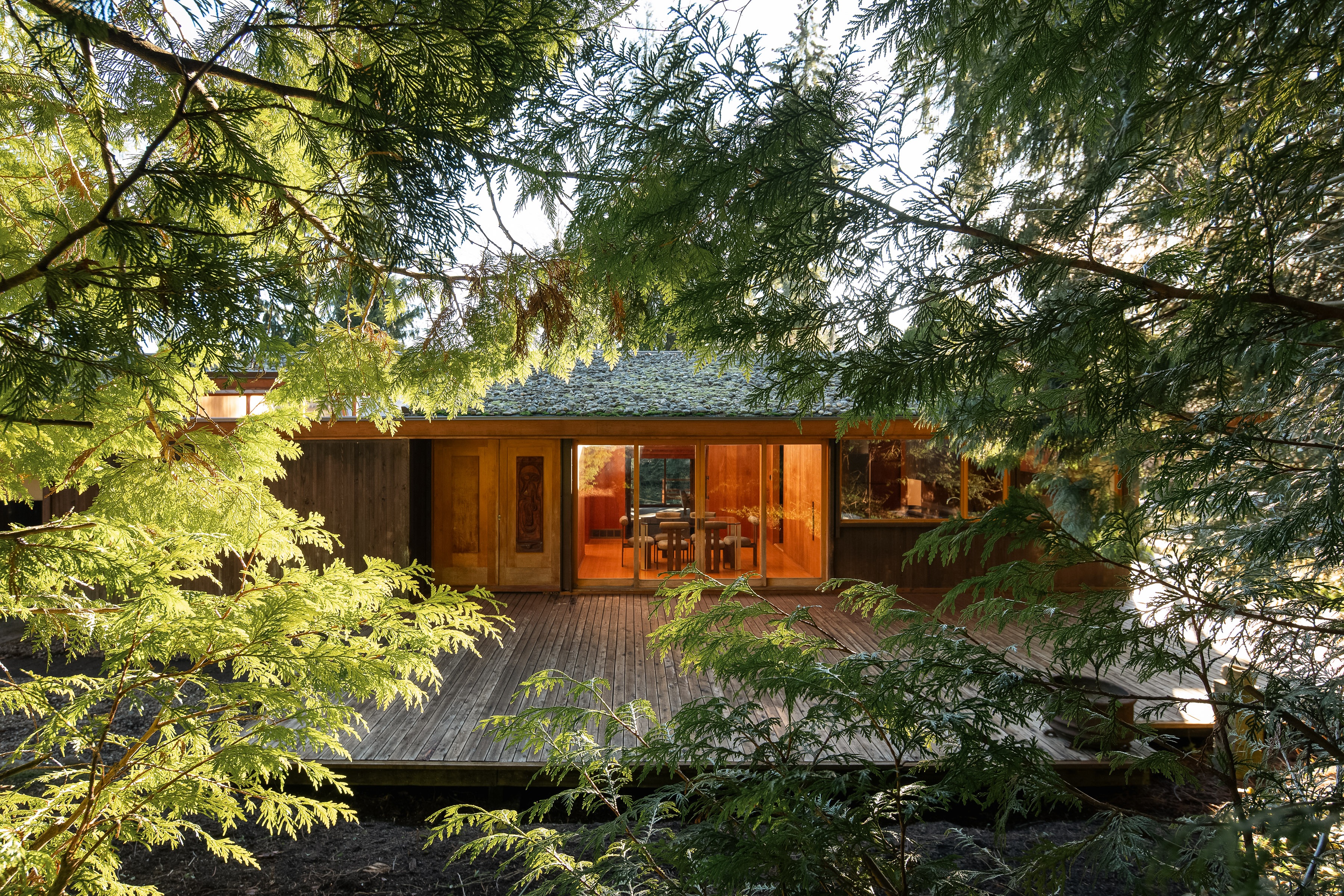 Explore the Perry Estate, a lesser-known Arthur Erickson project in Canada
Explore the Perry Estate, a lesser-known Arthur Erickson project in CanadaThe Perry estate – a residence and studio built for sculptor Frank Perry and often visited by his friend Bill Reid – is now on the market in North Vancouver
By Hadani Ditmars
-
 A new lakeshore cottage in Ontario is a spectacular retreat set beneath angled zinc roofs
A new lakeshore cottage in Ontario is a spectacular retreat set beneath angled zinc roofsFamily Cottage by Vokac Taylor mixes spatial gymnastics with respect for its rocky, forested waterside site
By Jonathan Bell
-
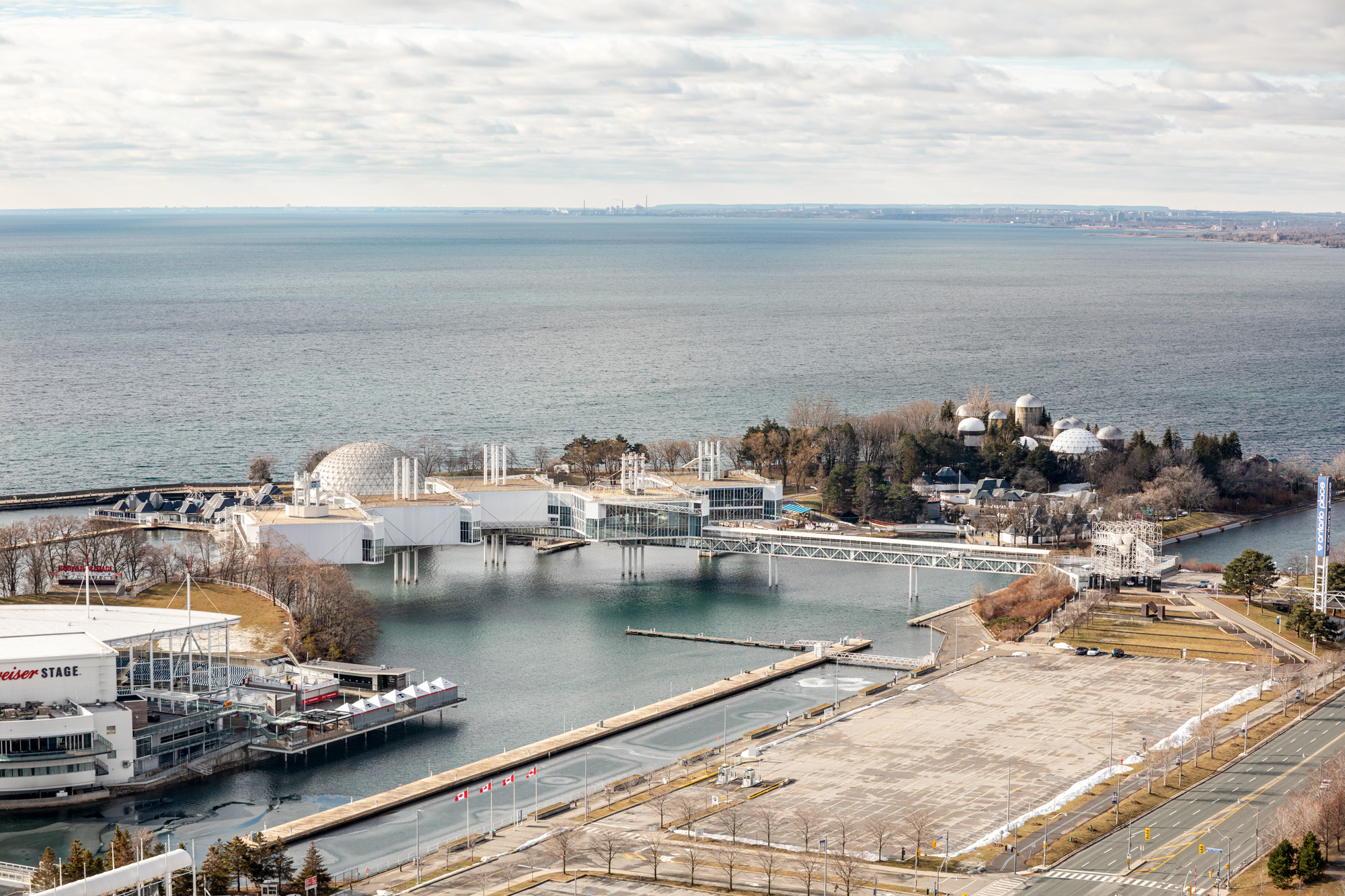 We zoom in on Ontario Place, Toronto’s lake-defying 1971 modernist showpiece
We zoom in on Ontario Place, Toronto’s lake-defying 1971 modernist showpieceWe look back at Ontario Place, Toronto’s striking 1971 showpiece and modernist marvel with an uncertain future
By Dave LeBlanc
-
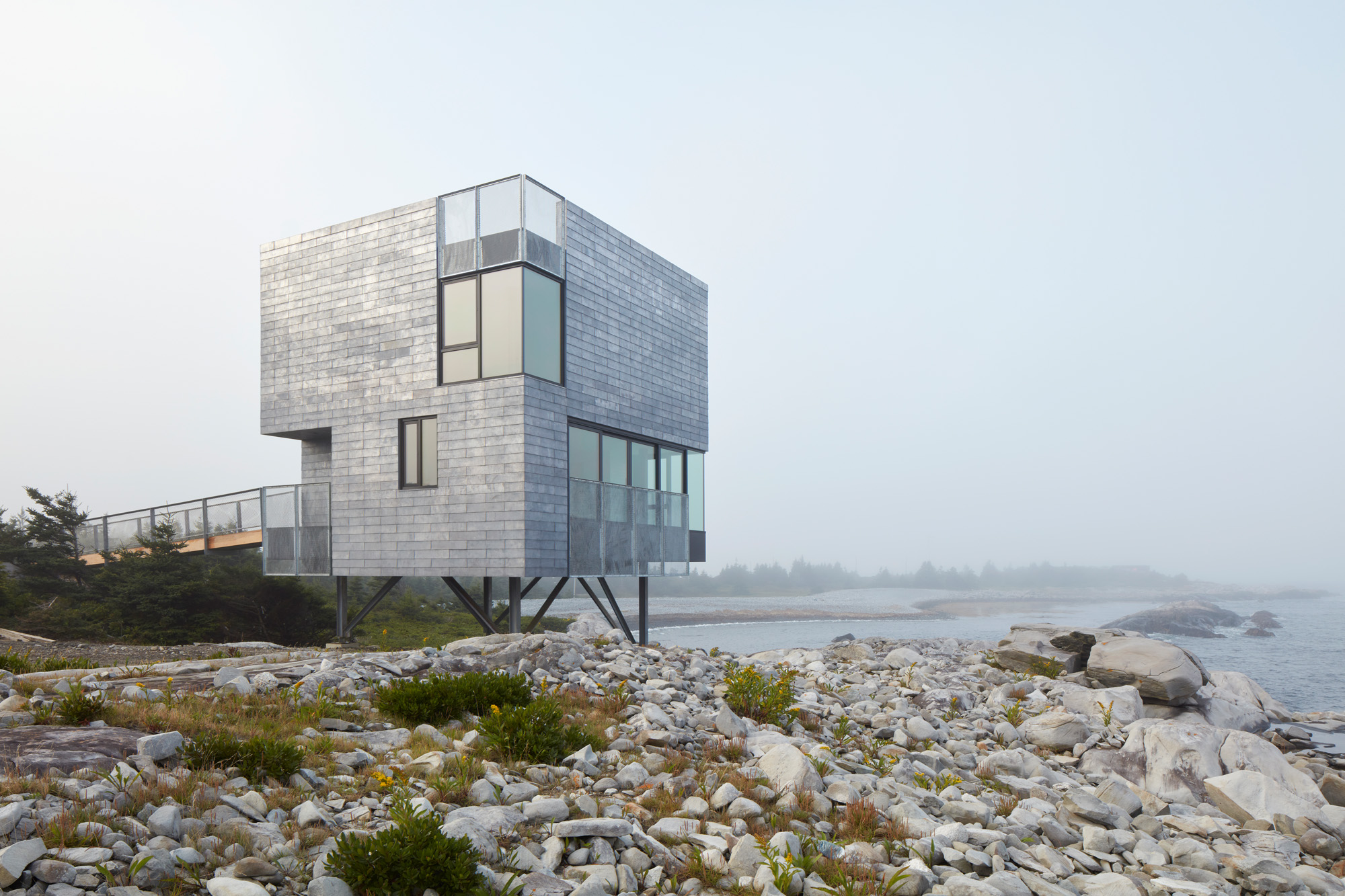 This Canadian guest house is ‘silent but with more to say’
This Canadian guest house is ‘silent but with more to say’El Aleph is a new Canadian guest house by MacKay-Lyons Sweatapple, designed for seclusion and connection with nature, and a Wallpaper* Design Awards 2025 winner
By Ellie Stathaki
-
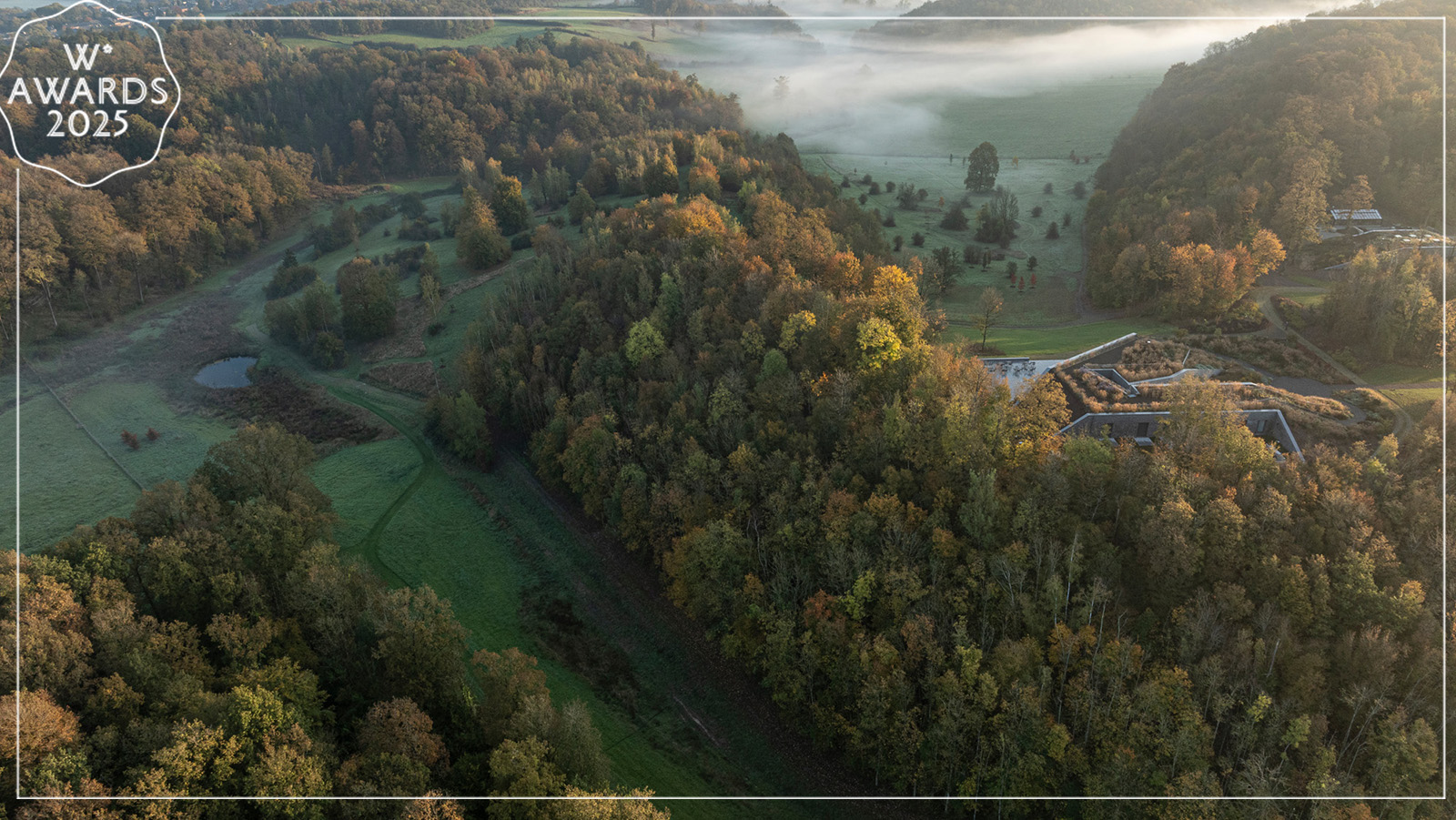 Wallpaper* Design Awards 2025: celebrating architectural projects that restore, rebalance and renew
Wallpaper* Design Awards 2025: celebrating architectural projects that restore, rebalance and renewAs we welcome 2025, the Wallpaper* Architecture Awards look back, and to the future, on how our attitudes change; and celebrate how nature, wellbeing and sustainability take centre stage
By Ellie Stathaki
-
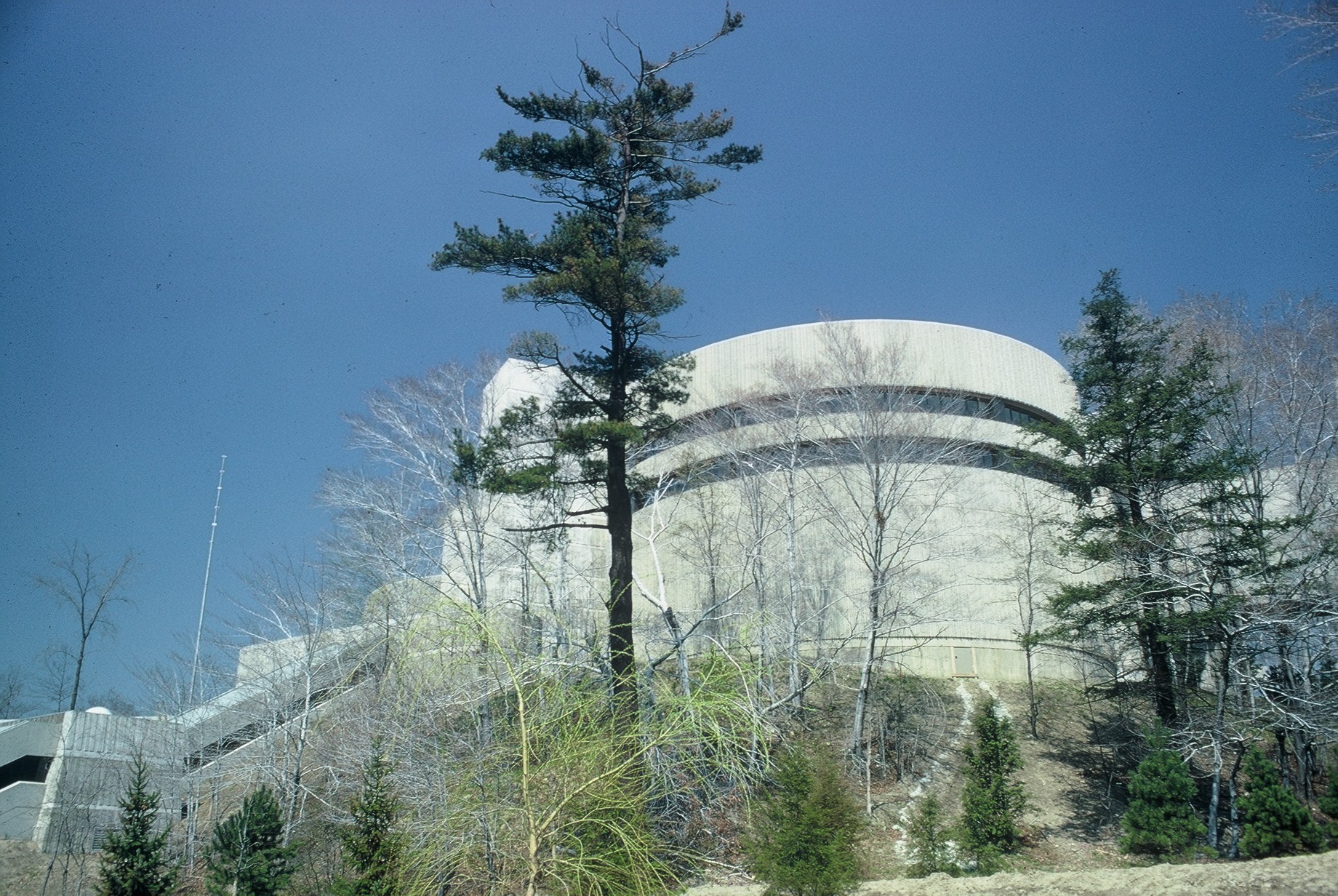 The case of the Ontario Science Centre: a 20th-century architecture classic facing an uncertain future
The case of the Ontario Science Centre: a 20th-century architecture classic facing an uncertain futureThe Ontario Science Centre by Raymond Moriyama is in danger; we look at the legacy and predicament of this 20th-century Toronto gem
By Dave LeBlanc